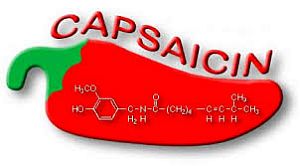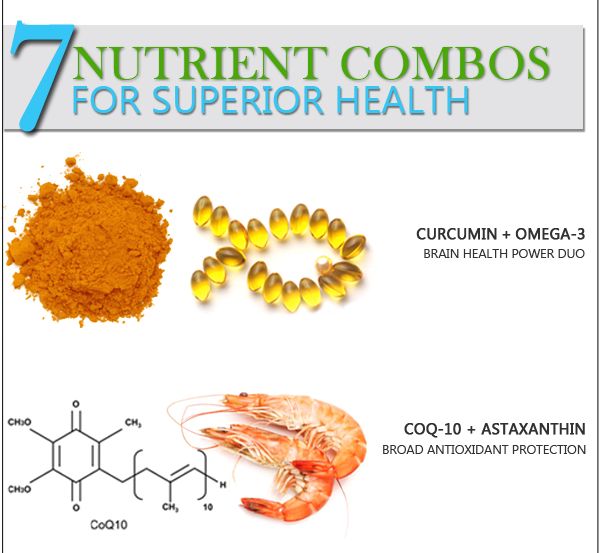 GreenMedInfo Research Group – What is considered a weed to some may be a powerful medicine to others. Valued in many cultures worldwide, this herbaceous succulent provides an array of vitamins, minerals, and antioxidants. It’s omega-3 content rivals any other green land plant and often grows almost uncontrollably.
GreenMedInfo Research Group – What is considered a weed to some may be a powerful medicine to others. Valued in many cultures worldwide, this herbaceous succulent provides an array of vitamins, minerals, and antioxidants. It’s omega-3 content rivals any other green land plant and often grows almost uncontrollably.
Walking like an Egyptian was something the Bangles taught us, but if we wanted to eat like the Egyptians it would include the addition of purslane. Common purslane (Portulaca oleracea) is often overlooked as it sprawls out of sidewalks, driveways, and is considered a pesky weed to many gardeners. But this superfood has been cultivated for over 2000 years and has an extensive culinary and medicinal history.
Purslane is a creeping plant that forms an intricate branching mat over large areas of ground. With leaves that are round, green, and have a waxy appearance, purslane belongs to the succulent family. The round stem stays fairly close to the ground and varies in color. Once you are able to identify purslane, you will be surprised at its ability to thrive in some of the harshest growing conditions. Continue reading

 There are a number of reasons to avoid taking aspirin or ibuprofen often. You may be seeking alternatives because you experience pain but like to stay away from conventional medicines. Alternatively, you could be someone who just learned about the potential dangers that come with taking aspirin and ibuprofen regularly and are ready for something different. Ibuprofen and Aspirin have been linked to anemia, DNA damage, heart disease, hearing loss, hypertension, miscarriage and even influenza mortality (these are just 7 of the over 24 adverse health effects its been connected with.)
There are a number of reasons to avoid taking aspirin or ibuprofen often. You may be seeking alternatives because you experience pain but like to stay away from conventional medicines. Alternatively, you could be someone who just learned about the potential dangers that come with taking aspirin and ibuprofen regularly and are ready for something different. Ibuprofen and Aspirin have been linked to anemia, DNA damage, heart disease, hearing loss, hypertension, miscarriage and even influenza mortality (these are just 7 of the over 24 adverse health effects its been connected with.) Joint inflammation can accompany a wide variety of health conditions, including arthritis, gout and lumbar spinal stenosis. (1) Inflammation is an immune response, but it can become a problem itself when it becomes continuous. With inflammation, you can experience redness, pain, swelling and other sensations that are uncomfortable and can greatly affect your quality of life. Our 5 best home remedies, including lifestyle changes, will help you combat inflammation and its uncomfortable symptoms without the use of drugs. You simply have to look for common items you probably already have in your home or make changes to your lifestyle.
Joint inflammation can accompany a wide variety of health conditions, including arthritis, gout and lumbar spinal stenosis. (1) Inflammation is an immune response, but it can become a problem itself when it becomes continuous. With inflammation, you can experience redness, pain, swelling and other sensations that are uncomfortable and can greatly affect your quality of life. Our 5 best home remedies, including lifestyle changes, will help you combat inflammation and its uncomfortable symptoms without the use of drugs. You simply have to look for common items you probably already have in your home or make changes to your lifestyle.